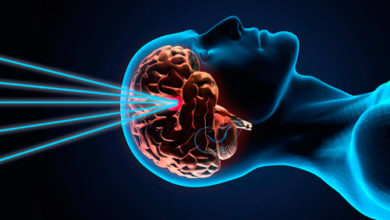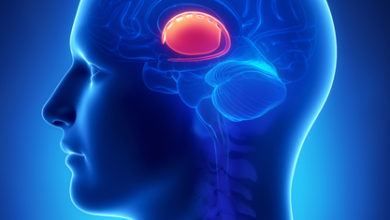Adenohypophysis, what is it, causes, treatment.
The content of the article
This disease is called pituitary adenoma (Adenohypophysis). Most often it appears between the ages of 25 and 50 years. According to statistics, every third adult suffers from pathologies of the pituitary gland.
Symptoms
Pituitary adenoma is accompanied by several main symptoms :
- frequent headaches , nasal congestion;
- visual impairment;
- excessive sweating, greasy skin;
- acne, the appearance of warts, papillomas;
- obesity, seborrhea;
- menstrual irregularities, uterine bleeding;
- decreased libido, lack of orgasm;
- impotence, infertility;
- enlargement of the thyroid gland.
Causes
The reasons for the development of pituitary adenoma have not yet been definitively established. At the moment, there are two main versions of the causes of the disease:
- hormonal disruptions in the functioning of the endocrine glands;
- genetic disorders in one of the cells of the pituitary gland.
According to the first version, due to disturbances in the endocrine system, an excess of hypothalamic liberins or a lack of statins may be produced. As a result, hyperlasia of pituitary cells occurs, which leads to the development of pituitary adenoma. Also, genetic abnormalities in the pituitary gland cells lead to the formation of tumors.
Risk factors
Pituitary adenoma can also be a consequence of certain diseases and negative influences:
- infectious processes in the nervous system;
- various skull injuries;
- negative effects on the fetus during pregnancy.
Also, the occurrence of pituitary adenoma can be affected by taking oral contraceptive medications.
Diagnostics
If a pituitary adenoma is suspected, it is necessary to conduct a hormonal, ophthalmological examination and neuroimaging of the adenoma. Additionally, blood and urine tests are taken to determine the presence of hormones.
Ophthalmological examination allows us to determine the degree of involvement of the optic nerves in the progression of the disease. It is also necessary to take an x-ray of the area of the sella turcica, the skull and an MRI of the brain.
Treatment
Modern medicine uses the following types of treatment to combat tumors in the pituitary gland of the brain:
- medicinal;
- surgical;
- radiation therapy.
For each individual case and specific type of adenoma, a separate treatment option is selected. The most effective method is surgery . After the operation, an additional course of radiation therapy is prescribed. After discharge, each patient must adhere to an individual rehabilitation program.
Forecast
Full recovery from the disease is possible only in the early stages of the development of visual impairments. In case of irreversible consequences and loss of working capacity, patients with pituitary adenoma are assigned permanent disability .
Please rate the article:





